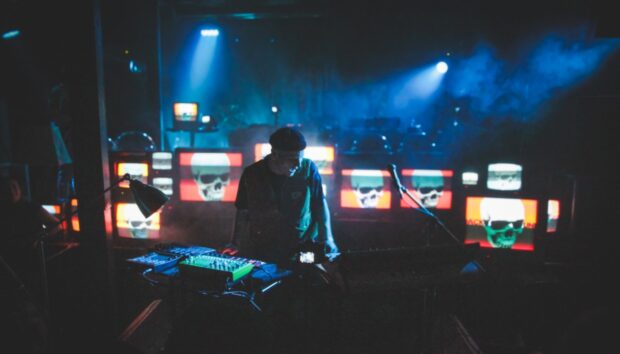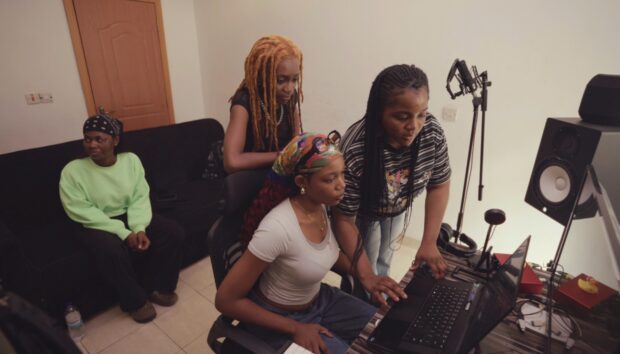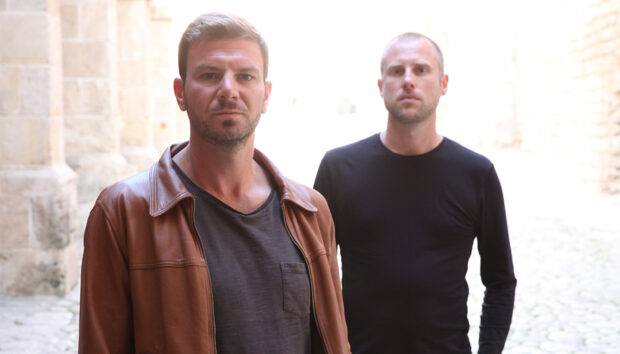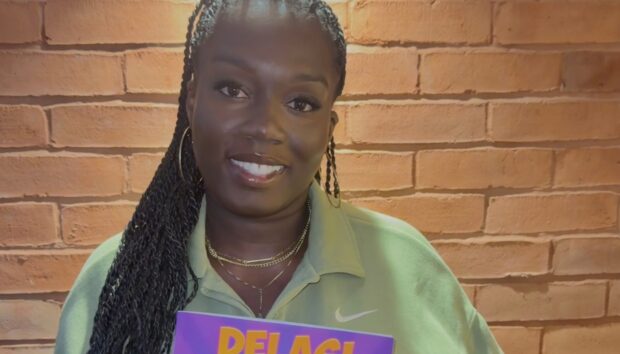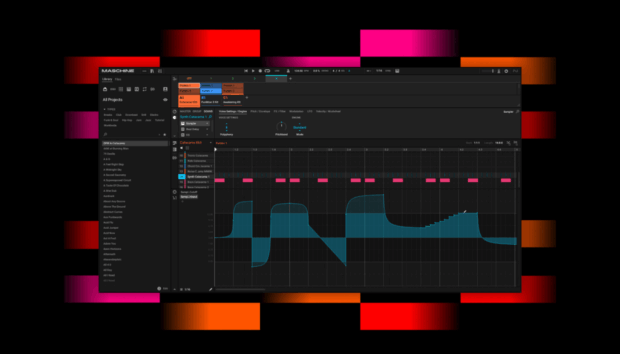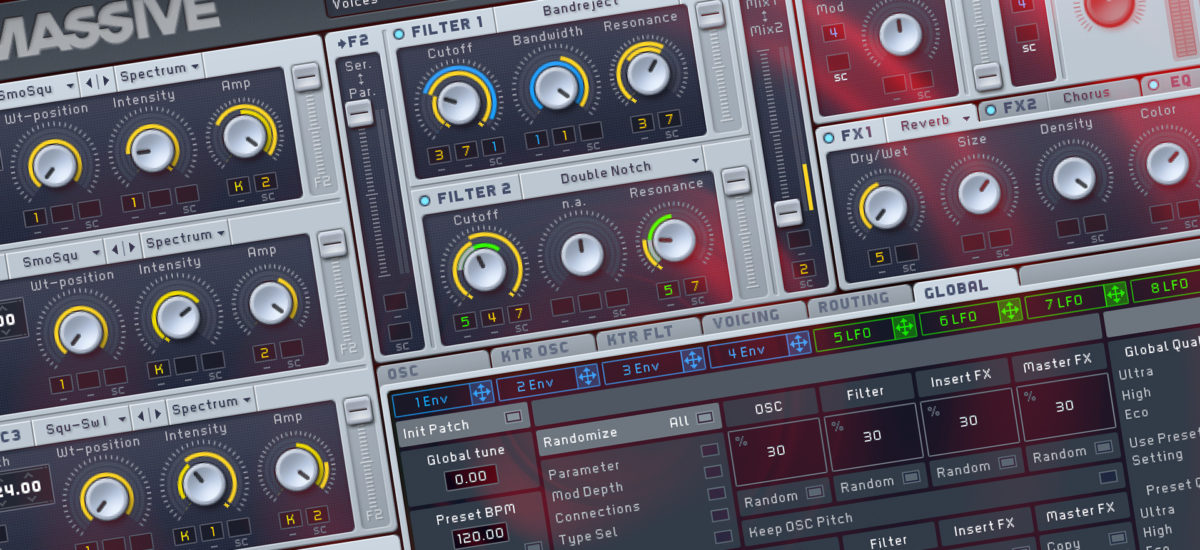
Back in 2006, Native Instruments proudly released a synth that came to define modern electronic music: MASSIVE. Designed by Mike Daliot, a key figure in the REAKTOR story, this flexible single-screen synth has pushed the boundaries of what subtractive synthesis can achieve. The potential of wavetable synthesis was there for all to see, but how to unlock the full spectrum of these possibilities? This became MASSIVE’s mission. The idea was to create a synth that was ahead of its time in terms of sound quality and usability. A decade ago, CPUs struggled to get the best from MASSIVE, but the team were looking to the future. They knew that as technology progressed and CPUs became more powerful over time, MASSIVE’s innovative sonic engine would align with the hardware’s capabilities – making it the incredibly agile performer it is today.
The biggest challenge was to find the best balance between complexity and flexibility. With its famous ‘one page’ design, the simplicity of MASSIVE’s interface belies the complex coding under the hood that utilises three wavetable oscillators to create monster basses, complex leads, rhythmic pads, and everything in between. As time went on, the Native Instruments ecosystem substantially contributed to the success of MASSIVE through KOMPLETE, sound packs, hardware, and MASCHINE integration.
To celebrate MASSIVE’s Expansion range of preset packs and the recent NKS integration addition, we asked those who love MASSIVE like family to look back on the last ten years of life with this now-constant companion. And with an eye to the future, we find out why developers, producers, musicians and educators still rate MASSIVE as their number one.
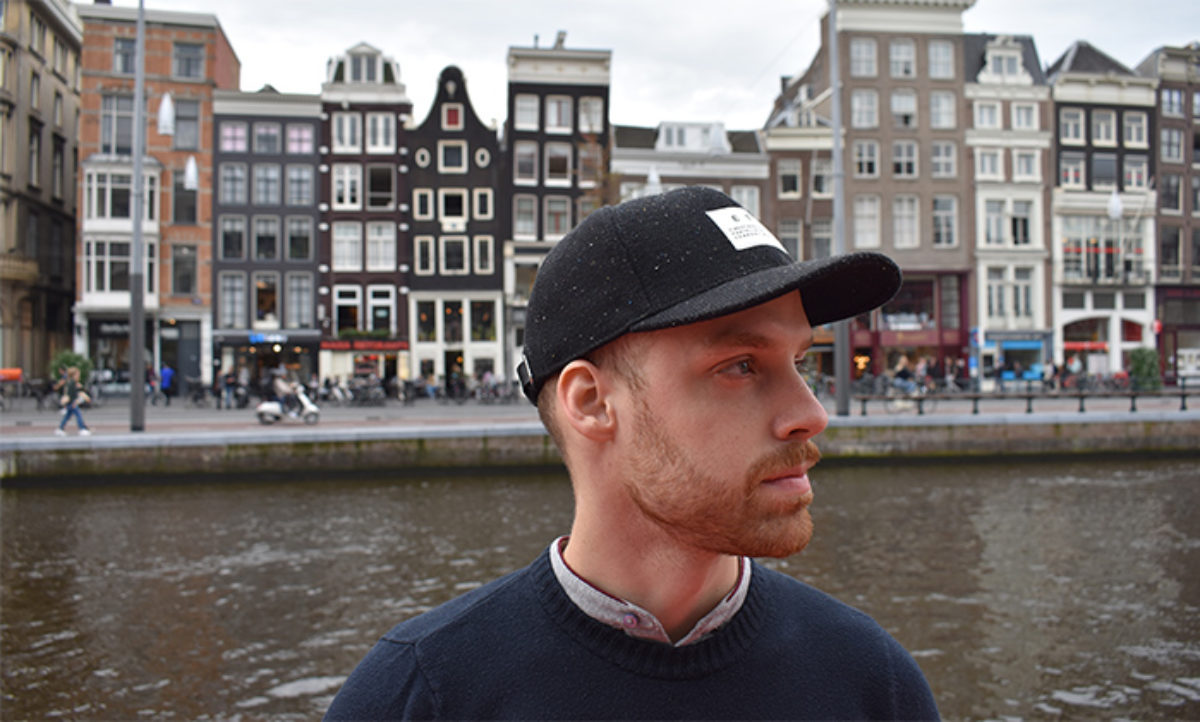
The sound design house: Redhead Roman & Steven Kelly
We use Massive for everything from bass sounds and squelchy growls to clean progressive plucks. The easy workflow is the main thing with this synth. Working with two oscillators and combining both filters can create some very fat sounds. Filter FM and Ring Modulation are also very handy tools. The drag-and-drop modulation assignment feature saves us a lot of time, so we can quickly create powerful sounds.
Favourite effects include Chorus, Classic Tube and Dimension Expander, which are especially well programmed. The Performer is very intuitive, and it’s easy to create unique sequences within it. Having three rich wavetable oscillators really helps to achieve that beefy sound.
There are many amazing digital synths out there, but Massive has always managed to be a staple in the toolkit of almost every producer that we know.
The drum & bass producer: Drumsound & Bassline Smith
We got our copy of Massive in 2009, and it was an absolute game changer. Compared to some of the plugins we had been using up to that point, it had a very intuitive GUI, it was precise, the Macros section was fresh, and you could create amazing noises really quickly. For the first year, we made simple progress, but then we started hearing noises in tracks that were blowing us away. It was time to get deep, so we did something we had never done before and actually read the manual! Next thing you know we were making noises that eventually became the backbone of our “Wall of Sound” album.
We probably used the Carbon, Multiplex and Square-Saw I and II wavetables the most back then, and we would always re-route Oscillator 3 to bypass the filters to be the designated sub waveform. Our favourite filters were probably the Bandpass, Double Notch, Bandreject, and Scream. We would spend hours trying different combinations, adding ring modulation, phase modulation, various insert distortions and feedback. Even now, no one has really come close to replicating the phase modulation section, which keeps us going back to it in virtually every project.
There are certain instruments that shape a generation of music making. In the 80s, it was the Linn drum machine, ARP Odyssey and Jupiter-8; in the 90s, the TB-303, Juno, MS-20, Korg M1 and Akai sampler. In our opinion, Massive is right up there, defining DnB and the dubstep explosion all the way through to the modern EDM sound of today.

The EDM artist: 22 Bullets
Massive has always been my first crush, as this beast can get incredibly close to virtual analog hardware synths like the Virus TI, even though the layout of the GUI seems very simple at first glance. I’m very comfortable using Massive for sound design work, from simple plucks to those formant dubstep modulation sounds. The intuitive drag-and-drop modulation is what I love the most, and I think Massive will always have a place in the industry.

The preset creator: Shane Robbins
I decided to buy Massive back in 2008 because I wasn’t enjoying using the stock synths that came with Logic at the time. It came in a box with a CD installer and paper manual – the times sure have changed! When Massive first came out, people would joke on forums that it was a “Massive” CPU drain, but that’s what made it age so gracefully. The idea that a software synth is still so popular after a decade of use is unheard of. I really fell in love with the drag-and-drop modulation system. In my opinion, it’s head and shoulders above the more common list-style modulation found in many synths.
There are definitely some overlooked features that you don’t hear many people talk about. For example, I love playing with the Morph and Sustain Loop settings in the Envelopes. I also remember thinking how cool it was when I discovered the hidden Bass Pulse wavetable. It was really eye-opening when I started to assign the Keytracking modulation source to parameters like Feedback, Comb Filter Pitch and Scream Filter Resonance.
When it comes to designing patches, I like to try unusual things you don’t often do. Some of the most unique presets I’ve ever made in Massive were because of happy little accidents. My workflow is pretty straightforward. I first try to create a solid foundation to any sound using the oscillators and wavetables. Then I shape it with filtering and set the envelopes up. From there, I start to explore the more creative side of Massive – things like the Master Effects, LFOs and Insert Effects.
When it comes to creating commercial preset packs, I always try to make patches that inspire me as a producer and musician. I know I’m onto a good patch when I spend 20 minutes playing a melody or chord progression with it before I’ve even finished making the preset.
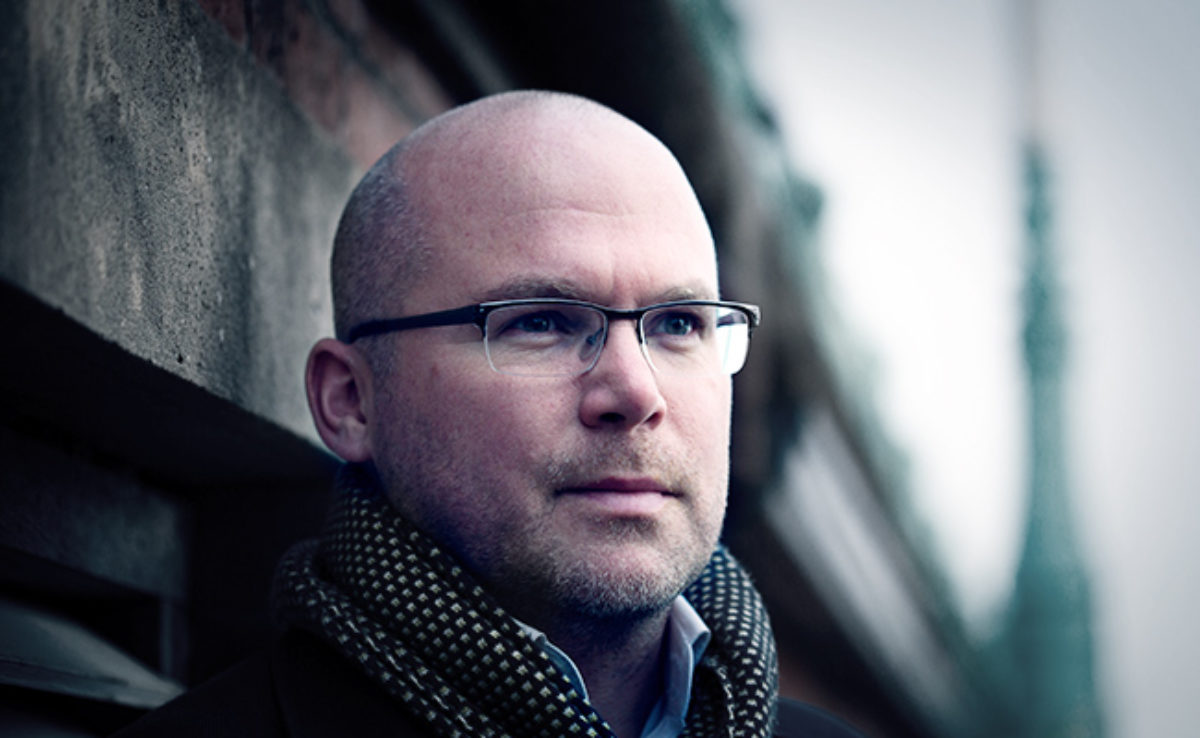
The superstar remixer: James Wiltshire – The Freemasons & F9 Audio
Massive, for me, has been a synth that I’ve certainly had an on-and-off relationship with for longer than any other piece of audio code. Over the years, I’ve slowly fallen for its complex manner and almost infinite flexibility. Initially, I’ll admit that I never quite found a home for it, as the original presets were either way too grandstanding, too harsh, or too cold and calculating. I was wrong. Massive has been as pivotal a moment in synthesiser development as the DX7 and Prophet-5, and anyone who wishes to question that should simply look at the amount of recordings featuring this synth front and centre.
If you want the magic sauce of all synthesis, it can be summed up in one word: modulation. NI really broke the mould here, and once you get the idea of its methodology, Pandora’s Box is wide open. The pure fact that nearly everything has a mod input and so many parameters are viable sources was a quantum leap for the time, as were the infinitely useful Macros.
I’ve discovered many Massive tips over the years, so allow me to share a few…
Most people favour modulation of the wavetable position (Wt-position), but modulating the Intensity control (and experimenting with the Spectrum, Bend and Formant options) can often turn up something totally unique.
Getting to grips with the Modulation Oscillator will change everything about your patches, so test out every single mode.
Try modulating modulators. For example, changing an LFO’s speed with an envelope or sequence. Or, create instability by using a random LFO to alter another LFO’s shape. You can keep on going until you run out of mod inputs as there are absolutely no ‘slots’ to use up as with the modulation matrix page found on so many other synths.
Effects are not cheating, so master the relationships between the Tube drive models and the EQ or the ambient Dimension Expander and you’ll find pure gloss for your patches.
My biggest tip of all? Turn everything off except one oscillator and spend a few hours going through every wavetable and permutation. Find where the special stuff is on the edges of the parameters. If you know the raw sound of your sources, you can achieve greater things than ever before.
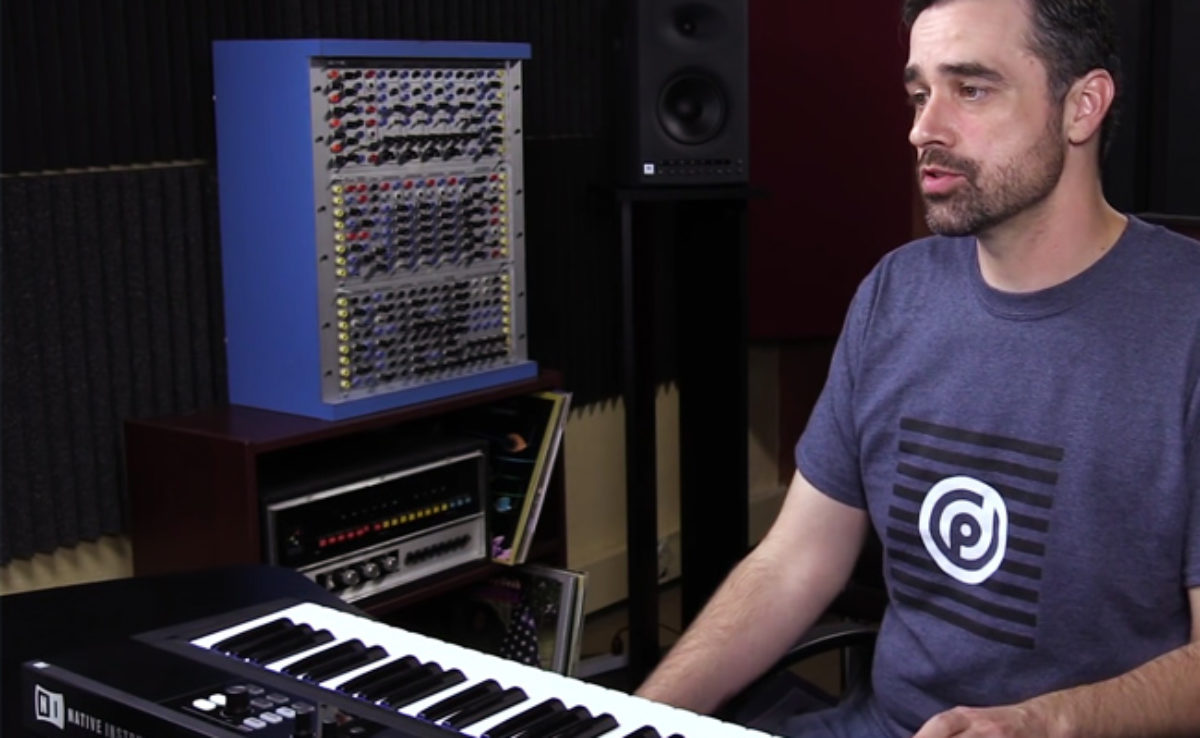
The educator & community leader: Chris Gear
I have been using Massive since it was first introduced and have spent plenty of time with it. I learnt pretty much every feature and fell in love with the fact that it seemed endless. Since then, I’ve produced hundreds of tutorials, provided mentorships and helped to set up online resources.
Massive’s modulation capabilities are probably what have allowed it to stay so relevant and popular. So many amazing soft synths have been influenced by Massive in a number of ways, and it’s hard to beat as a pure sound design platform.
It’s an interesting synth from a teaching perspective. I do my best to break down any preconceived notions anyone may have about it. Massive is not a synth that only makes ‘sick bass sounds’. It can do just about anything – you just need to know where to go looking and what to do when you get there. This allows people to begin moving through the synth, chasing inspiration.
It’s important to understand Massive’s components and learn the fundamentals before starting to press buttons and turn knobs. That’s because the goal is to make the sounds you want intentionally, instead of stumbling into a good sound and not knowing how it happened. So, the first thing to learn is how to get into the mindset of a great sound designer and progress from there.
When learning sound design, I find that people often want to make something really impressive and simply do too much inside of the synth – and that’s an easy trap to fall into with Massive as it’s so deep. They think that being a good sound designer means that you should be able to recreate a sound you’ve heard entirely, regardless of what kind of synth or tools were used originally to create it. I’d always encourage students to use the right tools and keep their patches simple enough to hold up to more processing further down the line.
I love the community that has built up around Massive over the years, and I’m honored to be considered a leader in this space. It’s not what I set out to do, but I’m proud of how I’ve been able to help shape this part of our industry. There are so many great resources out there. I think that ADSR has served as an amazing hub for many years. The NI Community Forum hosts many FAQs, tips and links to tutorials and sounds. I’ve been hard at work for the last few months completely rebuilding OhmLab with an aim to help more people realize their dreams and succeed as musicians. Of course, YouTube is a fantastic resource, but rather than share a specific channel, I would instead recommend searching for Massive tutorials that focus on the functionality of the synth itself, rather than trying to recreate a specific sound. I would also add that although I have produced more Massive tutorials than most, there is never a substitute for real and true mentorship. Try the tutors at a site like Pyramind.
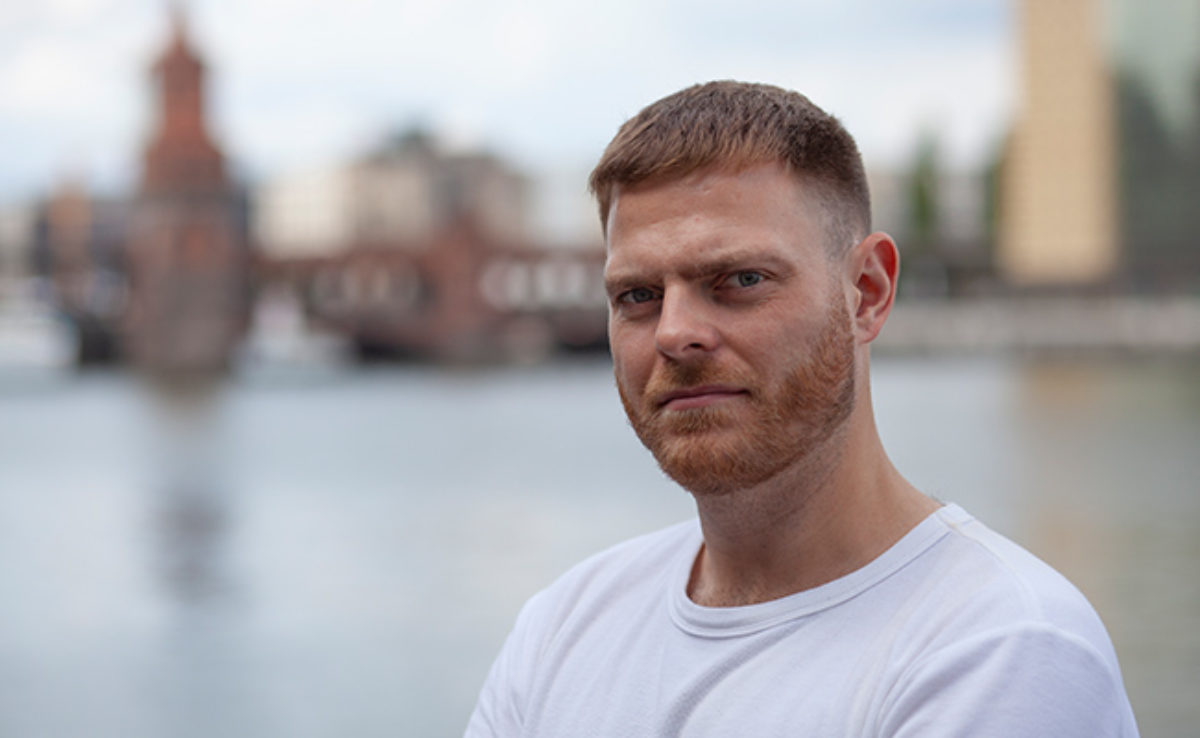
The Future: Barry McManus – Native Instruments product owner
It’s been amazing to see how MASSIVE has made such a profound and prolonged impact on electronic music, and how it still remains relevant today. For me, its real legacy is how it changed the general perception of soft synths. It upped the bar in terms of sound and flexibility, and its relative affordability helped democratise the creative process, making it a studio essential for a generation. When you look at how popular the MASSIVE preset market has been for the last ten years, it’s just so obvious what an impact MASSIVE has had, so I’m really delighted that we’re now putting all our own in-house expertise into a new range of MASSIVE Expansions. These will inject fresh inspiration into our flagship synth, and we will continue to create new sounds for years to come.
With these Expansions, we’ve really worked to showcase a breadth of sound. It’s accurate to say that MASSIVE has become synonymous with bass, so with SPECTRUM QUAKE we curated 150 of the absolute finest bass presets from our existing Expansions to create an essential MASSIVE bass preset bank. It spans pretty much every electronic genre and really is a one-stop shop for bass music.
STADIUM FLEX takes inspiration from the likes of Diplo, Major Lazer and The Chainsmokers – artists who fuse multiple electronic styles, creating tracks that you’re as likely to hear at Ultra Music Festival as on the Billboard Top 100. It was great to work directly with top LA producers on this Expansion as they really got the vibe and aesthetic we were going for. That’s something that has always been important to us: using only those producers who can create completely authentic sounds.
NOCTURNAL STATE is a blistering palette of underground techno sounds inspired by analog and modular gear. Obviously, that’s not the first thing that springs to mind when you think about a wavetable digital synth, but using the Step and Performer sequencers alongside multiple LFO routings for filter and oscillator parameters (alongside a bit of noise) really works for getting those raw, twisted and evolving synth sequences rolling.
With these packs, ease of use is really the key. The presets integrate seamlessly with Komplete Kontrol and Maschine hardware. Useful parameters are at your fingertips; mapped, categorised and ready to go. Which lets you get down to making music right away with no messing around. The macro controls have been custom mapped to offer interesting sound processing and sculpting options for each specific preset. So when you’re jamming in the studio you can easily tweak sounds on the fly direct from your hardware.
Check the MASSIVE page for more information.
MASSIVE was designed and developed entirely by Native Instruments GmbH. Solely the name Massive is a registered trademark of Massive Audio Inc, USA.








